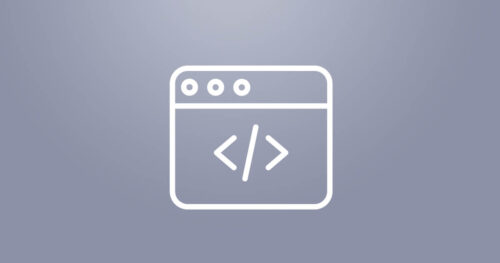The Modern Certification for the Modern Times.
The RCCE1: Rocheston Certified Cybersecurity Engineer – Level 1 course will delve into the basics of cybersecurity along with hands-on labs. You will gain an insight into hacking technologies and tools. Level 1 covers the foundation of hacking technologies. For instance, it looks at Web application attacks, Trojans and Malware, Denial of Service attacks, metasploit, firewalls, cryptography, cracking passwords, hacking the cloud etc. The RCCE Level 1 is a mandatory requirement, to move to the Level 2 program. The course is 100% Linux based.
The RCCE certification covers advanced futuristic technologies like Blockchain, Artificial Intelligence, Cyberthreat Intelligence, Incident Handling, Cloud technologies, Quantum Computing, Biometrics, Deep Learning etc.
Most sought after Ethical Hacking Training & Certification to get your started with Cybersecurity and serves as a mandatory requirements before attending RCCE2: Rocheston Certified Cybersecurity Engineer – Level 2 certification course.
NEW: The RCCE now includes RCAI Engineer certification.
Explore more about cybersecurity certifications with our cybersecurity training and certifications guide.








